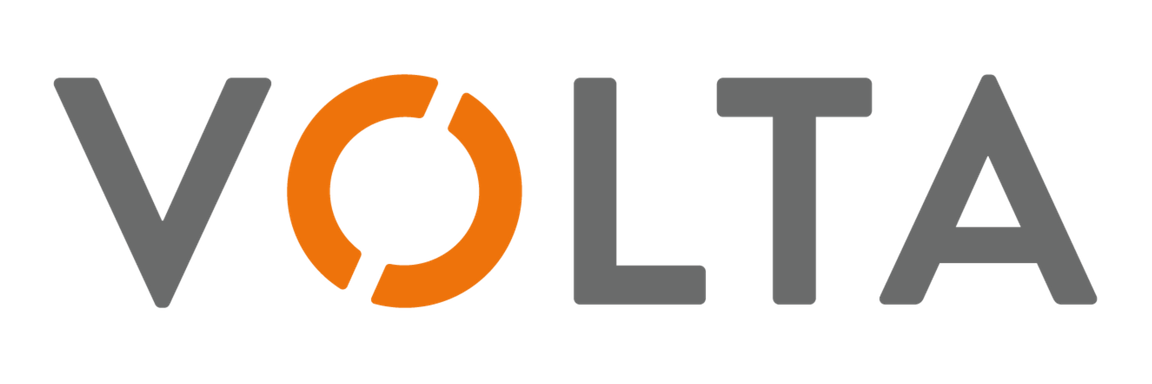Weaving In Your Professional Brand + Narrative
When creating your application materials, make sure they support your personal narrative and try to weave in evidence of your professional brand throughout. Take a look at some job postings and think about what your target employers want in terms of both hard and soft skills.
"Hard skills" are traditionally thought of as those that are tangible and quantifiable (e.g. analytical, writing and research skills).
"Soft skills" are less quantifiable and include, for example, interpersonal skills, the ability to work as part of a team, creativity and leadership.
As law becomes more of a business and less of a profession, the line between hard and soft skills for lawyers has blurred. Emphasize the elements of your brand using keywords from the posted job description that match your target employers’ lists of preferred and required skills.
The Candidate Selling Points Exercise may help jog your memory about potential material.
Summing Up Who You Are: The Profile Summary
The “Objective” section that was often used on resumes in past years focused on your needs and career goals; in contrast, the “Profile Statement” that is used now focuses on what you offer that is relevant to the employer’s needs. Discuss with your counselor whether a profile statement is appropriate for your search.
You may want to consider, especially for in-house and other non-law firm jobs, having the first paragraph of your resume be a short profile statement (also called a "summary") summarizing what you can offer to the employer. It answers the employer’s question: “Why should I continue reading this resume?”
The average corporate recruiter spends less than 20 seconds on an initial resume screen, and you want to make sure that your resume is “screened in,” not out. The profile statement should summarize who you are, your skills and qualities that are most relevant to the job, and, if appropriate, your most relevant accomplishments.
Make it easy for the reader!
Your profile statement should be short, easy to read and able to stand alone. It should also 100% support your career goal. The remaining parts of your resume are the “evidence” that supports your profile statement.
WHAT TO INCLUDE
Make sure your profile statement directly addresses the job posting. Let the reader see you as the solution to their problem. If the job description uses lots of keywords, make sure those words are contained in the profile statement. If you are seeking to reinvent yourself as part of a career change, this is your chance to spell out for the reader what transferable skills and knowledge you have that make you a worthwhile candidate for the new position. Highlight only those skills and accomplishments that support your goal, and omit mention of those that do not. If you need help thinking of skills that you bring to the table, the Skills Exercise may help you identify skills that you may be underestimating or taking for granted.
After reading your profile statement, the reader should be able to identify your most valuable skills and knowledge, as well as the general breadth, depth and sophistication level of your experience. Remember: less is more! Your goal in the profile statement is simply to whet the reader’s appetite to read more. Three to five short, crisp sentences (avoid compound sentences) is ideal. If you have relevant experience from a pre-law school career or from extracurricular activities, the profile statement is a good place to mention it to ensure that the reader sees it up-front. For example, "experience in managing budgets" or "experience with financial modeling and analysis" would be worthwhile additions for a position that requires these skills.
Examples: Strong Profile Statements
Example #1: "Client-focused intellectual property litigator with four years of experience handling matters for a variety of entities, from Fortune 500 companies to start-ups, in technology software patent disputes. Deliver results through strong research and writing skills, solid analytical talents, as well as an understanding and appreciation of business priorities. Advise clients, handle all aspects of the pre-trial process (including drafting and arguing dispositive motions), negotiate settlement and second-chair trials in federal court."
Example #2: "Attorney with sixteen years of lending, M&A and securities experience, specializing in the hospitality and travel industries. Offer creative legal approaches, attention to detail and a passion for serving clients. Negotiate and draft agreements in many types of corporate transactions, including mergers, acquisitions, divestitures, leases and public offerings. Draft a wide array of corporate documents for filing with regulatory and government authorities. Lead large teams of lawyers successfully."


